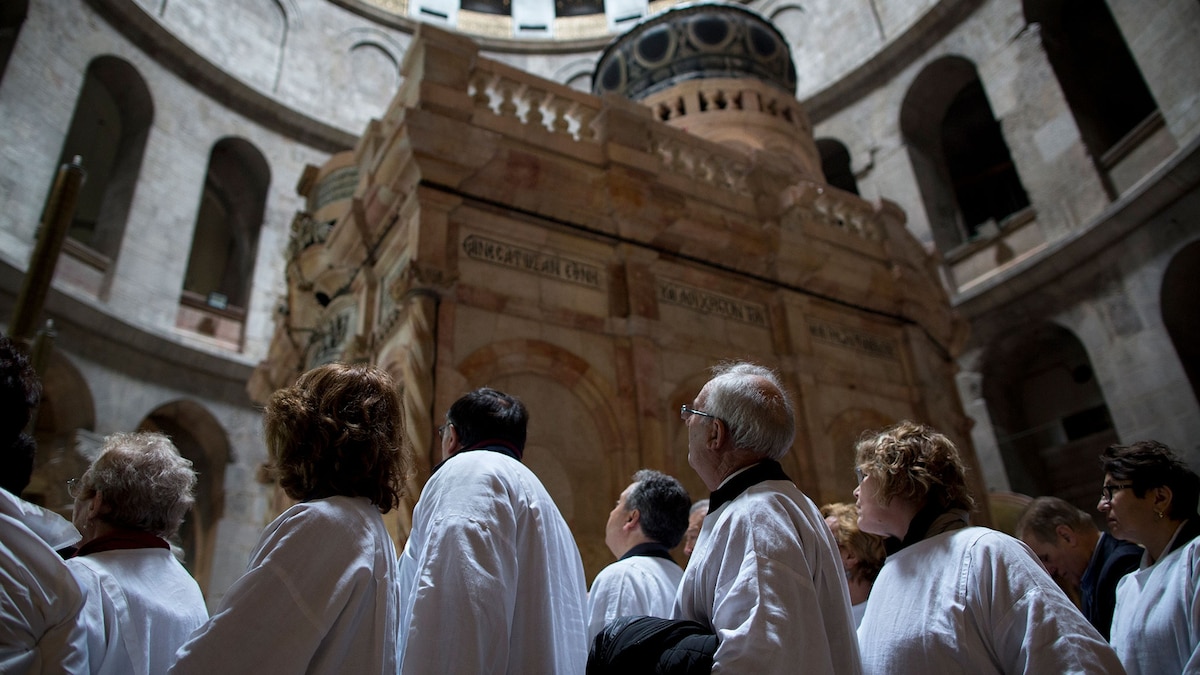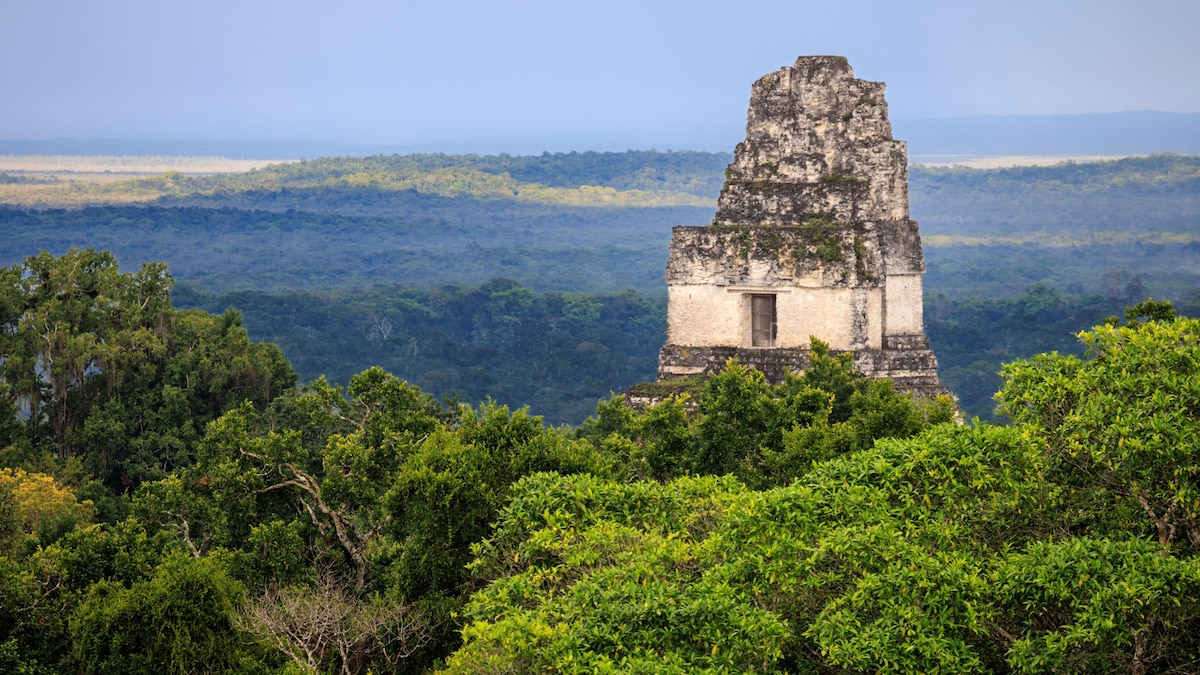Now Reading: Exploring Archaeological Evidence of Jesus’ Crucifixion
-
01
Exploring Archaeological Evidence of Jesus’ Crucifixion
Exploring Archaeological Evidence of Jesus’ Crucifixion

Fast Summary
- The death and resurrection of Jesus is central to Christianity.Views on past evidence for these events vary.
- Jesus’s crucifixion is widely documented, including ancient graffiti and accounts by Apostle Paul, Gospels, and non-Christian writers from the 2nd century CE.
- Christian traditions identify the Via Dolorosa route leading to Golgotha (site of crucifixion), though this path differs from historical reconstructions.
- Excavations show Herod’s Palace likely housed Pilate’s praetorium where Jesus was sentenced, not the Antonia fortress as commonly assumed.
- Evidence suggests victims carried only crossbeams (~75-90 pounds) during executions, contradicting depictions of full crosses (~300 pounds).
- The Church of the Holy Sepulchre in Jerusalem claims to be both site of crucifixion and burial but faces skepticism due to its construction centuries later inside expanded city walls. Protestants alternatively considered the Garden Tomb but evidence disproves it as authentic.
- Archeological finds include two examples where nails were used in ancient crucifixions, confirming rarity but feasibility of Gospel accounts involving nail bindings versus rope usage.
- Some scholars argue locations like a quarry near the Garden Gate might better match Roman execution practices meant as public deterrents than traditional claims for Golgotha’s location near Calvary sites.
- Theories on whether Jesus was buried vary; some suggest traditional burial rites (supported by Josephus), while others propose disposal in mass graves consistent with roman penal customs.
- Resurrection narratives-including supernatural appearances-remain unverifiable; some critics posit body theft or hallucinations following grief among disciples.
Indian Opinion Analysis
India stands apart in offering pluralistic respect toward religious beliefs while fostering academic inquiry into history and archaeology-a space cultivated through comparative discussions across faiths like Hinduism’s mythologies or Buddhism’s evolution alongside global cultures such as Christianity’s foundations.The depth uncovered here highlights efforts combining archaeological discoveries with textual interpretations comparable worldwide methodologies decoding Emperor ashoka or tracing vedic legacies stronger empirical reinforcement amidst shared perennial-modern synchronizations academically bridging relativism interpretive philosophies forming belief narratives differing doubtful secular/humanist skeptical evidences/errors
























